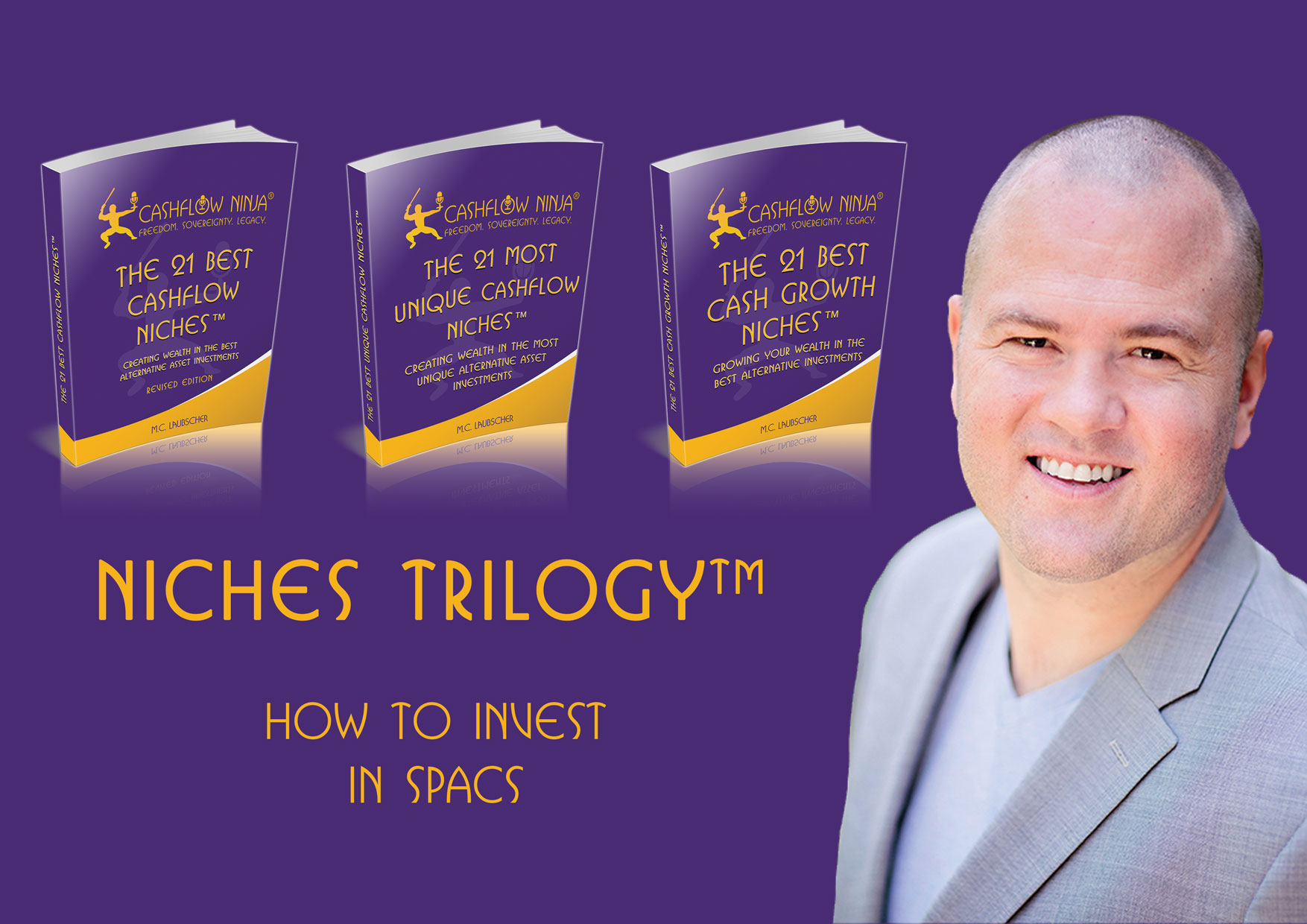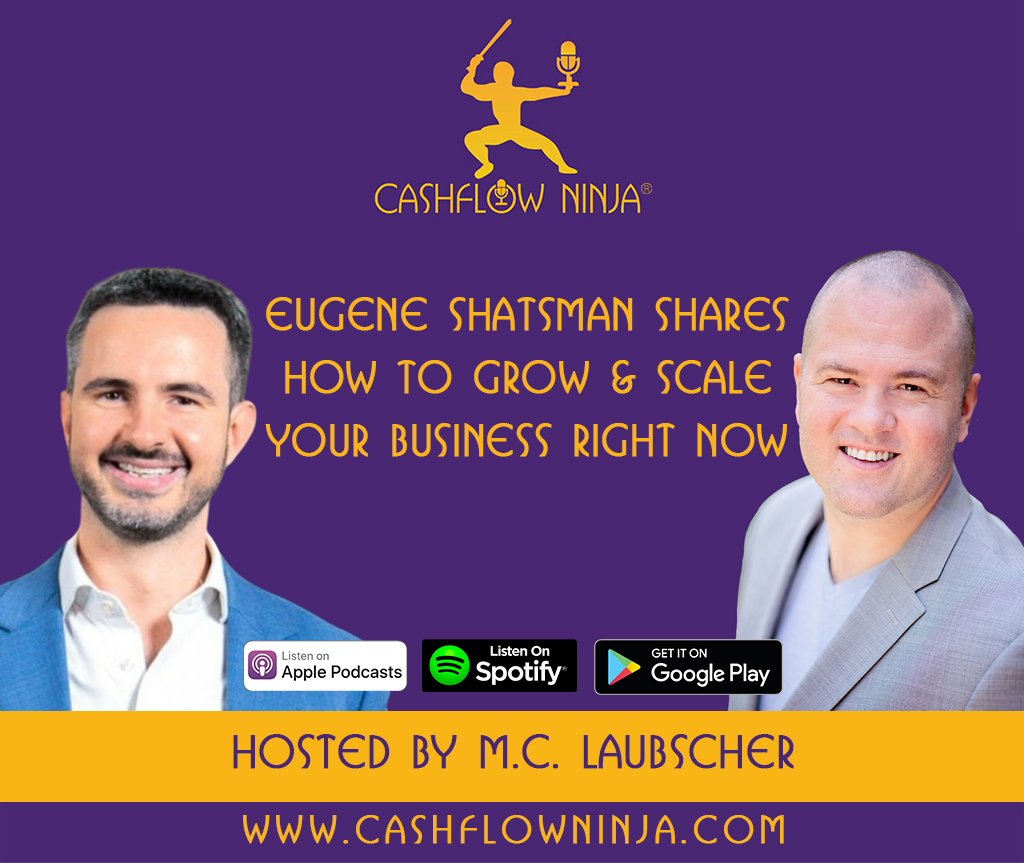
A Special Purpose Acquisition Company (SPAC) is a type of investment vehicle explicitly formed to raise capital through an initial public offering (IPO) to acquire an existing company.
Special Purpose Acquisition Companies (SPACs) are investment vehicles formed by sponsors, typically experienced investors, entrepreneurs, or business executives. These sponsors create the SPAC, raise money through an Initial Public Offering (IPO), and use the funds to identify and acquire a target company. SPACs are often referred to as “blank check companies” because they have no commercial operations or assets other than the cash raised in the IPO.
During the IPO process, a SPAC raises funds from public investors, which are placed in a trust account until a target company is identified and the acquisition is completed. Investors typically purchase units in the SPAC, which consist of one share of common stock and a fraction of a warrant, giving investors the right to purchase additional shares at a set price in the future.
After the IPO, the SPAC has a specified period, usually 18-24 months, to identify and acquire a target company. If the SPAC fails to complete an acquisition within this timeframe, the funds are returned to investors. Once a target company is identified, the SPAC and the target company merge through a process known as a “de-SPAC transaction,” and the target company then becomes a publicly traded entity.
For the target company, merging with a SPAC provides a faster and potentially easier route to going public compared to the traditional IPO process. It also offers greater pricing certainty and access to experienced sponsors, making it an attractive option for many private companies looking to enter the public markets.
Why Invest In A SPAC
Investors are attracted to Special Purpose Acquisition Companies (SPACs) for several reasons, ranging from potential high returns to unique investment opportunities. SPACs can offer significant upside potential if the acquisition of the target company is successful and the combined entity performs well. Investors who buy shares in a SPAC at the IPO price can see substantial gains if the merger is well-received by the market and the stock price increases post-merger.
Investing in SPACs allows public market investors to gain access to private companies that might otherwise be difficult to invest in. SPACs provide a pathway for private companies to go public, giving retail investors an opportunity to participate in the growth of these companies. Experienced sponsors lead many SPACs with a track record of success in business and finance. These sponsors bring credibility and expertise to the SPAC, which can help in identifying and negotiating with high-quality target companies.
SPACs have a specific timeframe to complete an acquisition, usually 18-24 months. This structure provides a clear timeline for investors, which can be appealing compared to traditional venture capital investments that may have indefinite time horizons. SPAC investors typically benefit from some level of downside protection. The funds raised in a SPAC IPO are held in a trust account and can be returned to investors if no suitable acquisition is found within the specified period. Additionally, investors often can redeem their shares at the original IPO price (plus interest) when a merger is announced, reducing the risk of significant loss.
SPACs often include warrants or other incentives for early investors. Warrants provide the right to purchase additional shares at a set price in the future, which can enhance potential returns if the SPAC is successful. For private companies, merging with an SPAC can be a quicker and more specific route to going public than the traditional IPO process. This can attract high-quality targets and create value for SPAC investors.
The SPAC Ecosystem
The Special Purpose Acquisition Company (SPAC) ecosystem is a dynamic and evolving segment of the financial market that involves various stakeholders and processes. This ecosystem includes its structure, key players, and the process from inception to merger.
SPACs are initiate by sponsors, typically experienced investors, entrepreneurs, or business executives. These sponsors form a SPAC, raise capital through an IPO, and then use the funds to identify and acquire a target company. During the IPO, a SPAC raises funds from public investors, which are placed in a trust account and can only be used to complete an acquisition or return the funds to investors if no acquisition is made.
After raising funds, the SPAC has a set period, usually 18-24 months, to identify a suitable target company for acquisition. The SPAC conducts thorough due diligence on potential targets to ensure they meet investment criteria and have the potential to deliver value to shareholders. Once a target is identified, the SPAC announces the proposed acquisition, which is then subject to shareholder approval. If approved, the SPAC merges with the target company, and the combined entity becomes a publicly traded company.
Post-merger, the combined company continues to operate under the leadership of the target company’s management team, with the support of the SPAC sponsors. The new entity’s shares start trading on the stock exchange, benefiting from increased visibility, improved liquidity, and access to additional capital.
Sponsors are crucial to the SPAC ecosystem, providing initial capital, strategic direction, and expertise. They often receive a significant portion of the post-merger equity as compensation for their efforts. High-profile sponsors include hedge fund managers, private equity investors, and former executives of major corporations.
Retail investors are individual investors who purchase SPAC units during the IPO or in the secondary market. Institutional investors, such as hedge funds, mutual funds, and pension funds, invest in SPACs to gain exposure to potential high-growth companies.
These private companies are looking for a faster and potentially less burdensome route to going public than the traditional IPO process. They can span various industries, including technology, healthcare, and consumer goods.
Underwriters are investment banks that manage the IPO process, helping to structure the offering, price the units, and market them to investors. Legal advisors are law firms that provide legal guidance throughout the SPAC lifecycle, including formation, IPO, target acquisition, and post-merger compliance.
SPACs provide a quicker and more certain route to going public compared to traditional IPOs. Target companies gain immediate access to capital raised during the SPAC’s IPO, and sponsors bring valuable expertise and industry connections.
The success of the SPAC depends on the ability to identify and successfully acquire a suitable target (execution risk). The issuance of additional shares or warrants can dilute existing shareholders’ equity (dilution). Increased regulatory scrutiny and changing rules can impact the attractiveness and feasibility of SPAC transactions.
SPACs have surged in popularity, particularly in the past few years, driven by favorable market conditions and high-profile successes.
Regulatory bodies like the SEC are increasing scrutiny on SPAC transactions, focusing on disclosures, accounting practices, and potential conflicts of interest.
How To Grow Your Capital
Investors can make money by investing in Special Purpose Acquisition Companies (SPACs) through several avenues, each offering different opportunities and risks.
During the initial public offering (IPO) of a SPAC, investors purchase units, which typically consist of one share of common stock and a fraction of a warrant. The shares represent ownership in the SPAC, while the warrants provide the option to buy additional shares at a set price in the future. If the SPAC successfully acquires a target company and the stock price rises post-merger, investors can profit from the appreciation of their shares and the exercise of their warrants.
Once a SPAC identifies and merges with a target company, the new entity’s shares begin trading on the stock exchange. If the market reacts positively to the merger and the prospects of the newly public company are strong, the share price can increase significantly. Investors who bought shares at the IPO or in the secondary market before the merger announcement can benefit from this price appreciation.
Warrants give investors the right to purchase additional shares at a predetermined price (often higher than the IPO price). If the post-merger stock price exceeds the warrant’s exercise price, investors can exercise the warrants to buy shares at a discount and either hold or sell these shares for a profit. Warrants can also be traded separately from the common stock, providing an additional trading and profit opportunity.
SPAC investors have the right to redeem their shares for a pro-rata portion of the trust account if they do not approve of the proposed merger. This right provides a form of downside protection. Typically, the trust account holds the IPO proceeds in low-risk investments, so investors can redeem their shares and receive their initial investment plus a small return if they do not favor the merger deal.
Some sophisticated investors engage in risk arbitrage, buying SPAC units when they believe the shares are undervalued relative to the cash held in trust or the likelihood of a successful merger. These investors may take advantage of market inefficiencies or bet on the potential of the SPAC’s management to find a high-quality target.
Sponsors of SPACs typically receive a substantial equity stake (often 20%) in the form of “promote” shares, which they get at a nominal price. If the SPAC successfully completes a merger and the combined company’s stock performs well, the value of these promote shares can be significant. Sponsors benefit from the upside potential, aligning their interests with those of the investors.
Consider a SPAC that raised $200 million in its IPO and priced its units at $10 each, including a fraction of a warrant. If the SPAC merges with a promising tech company and the market reacts positively, pushing the stock price to $15 per share, investors who bought at $10 can sell their shares at a 50% profit. If they also hold warrants with an exercise price of $11, they can exercise these warrants and buy additional shares at $11, selling them at $15 for further profit.
How To Lose Money
Investors can lose money investing in Special Purpose Acquisition Companies (SPACs) through various mechanisms, each tied to different stages of the SPAC lifecycle and market dynamics.
If the company that the SPAC merges with does not perform well post-merger, the stock price can decline significantly. This can happen due to overvaluation at the time of the merger, poor operational performance, or market conditions affecting the industry in which the target company operates. Investors who hold shares post-merger can see the value of their investment decrease if the combined company fails to meet market expectations.
SPACs are subject to market volatility, and the timing of the merger announcement or the market’s reception to the news can impact the stock price. If market sentiment turns negative or broader market conditions deteriorate, the SPAC’s stock price can drop even if the target company is fundamentally sound.
Dilution is a significant risk in SPAC investments. When warrants are exercised or sponsors receive their “promote” shares, the number of outstanding shares increases, which can dilute the value of existing shares. This dilution can reduce the value of the shares held by early investors.
If a SPAC fails to find a suitable target within the specified timeframe (usually 18-24 months), it must return the funds to investors. While investors get back their initial investment, they may miss out on other investment opportunities during this period, leading to an opportunity cost. Additionally, if a SPAC rushes to merge with a less-than-ideal target to avoid liquidation, the merger might be unfavorable, leading to poor post-merger performance.
Increased regulatory scrutiny and potential changes in SPAC regulations can impact the attractiveness and feasibility of SPAC transactions. If a SPAC or its target company faces legal challenges or regulatory hurdles, this can negatively affect the stock price and result in financial losses for investors.
While SPAC investors have the right to redeem their shares for a pro-rata portion of the trust account if they do not approve of the proposed merger, the redemption price might be less than the market price if the SPAC’s stock is trading at a premium. Additionally, if many investors redeem their shares, the SPAC could have insufficient funds to complete the merger, potentially causing the deal to collapse.
The speculative nature of SPACs can attract short-term traders and speculative investors, leading to inflated stock prices based on hype rather than fundamentals. Suppose the anticipated merger does not materialize or the target does not meet expectations. In that case, the stock price can plummet, leading to significant losses for investors who bought in at higher prices.
Consider a SPAC that raises $300 million and identifies a target company. The merger is completed, but the post-merger company faces operational challenges and fails to achieve projected growth. The stock price, which initially spiked on merger news, starts to decline, erasing the gains and eventually falling below the IPO price. Early investors who did not redeem their shares and held on post-merger would experience significant losses.
Positives & Negatives Of SPACS
Positives:
- Access to High-Growth Companies: SPACs provide an opportunity to invest in high-growth private companies that may not otherwise be accessible to public market investors. By merging with a SPAC, these companies can go public more quickly and efficiently than through a traditional IPO.
- Experienced Management: Many SPACs are sponsored by experienced and well-connected individuals or groups with a track record of success in various industries. These sponsors bring expertise and credibility to the process of identifying and acquiring target companies.
- Potential for High Returns: If the SPAC successfully merges with a high-performing company, the stock price can rise significantly post-merger, offering substantial returns for early investors.
- Investor Protection: SPAC investors have the option to redeem their shares for a pro-rata share of the funds held in trust if they do not approve of the proposed merger. This provides a form of downside protection.
- Faster Process for Going Public: For target companies, merging with an SPAC can be a quicker and more certain route to going public than the traditional IPO process, which can attract high-quality companies looking for speed and efficiency.
Negatives:
- Dilution Risk: The issuance of additional shares and warrants can dilute the value of existing shares. This is a significant risk as it can reduce the overall value of the shares held by investors.
- Execution Risk: The success of the SPAC depends on the ability to identify and acquire a suitable target. If the SPAC fails to find a target or if the acquired company underperforms, investors can incur losses.
- Market Volatility: SPACs can be subject to significant market volatility, especially around the time of the merger announcement. Negative market sentiment can impact the stock price even if the target company is fundamentally sound.
- Speculative Nature: SPAC investments can be highly speculative, with significant reliance on the management team’s ability to execute the merger and the performance of the target company post-merger. This speculative nature can attract short-term traders, leading to price volatility.
- Regulatory Scrutiny: Increased regulatory scrutiny and potential changes in SPAC regulations can impact the attractiveness and feasibility of SPAC transactions. Regulatory hurdles can introduce uncertainties and potential delays.
Investment Opportunity Filter™
The Investment Opportunity Filter™ evaluates an investment opportunity based on cashflow, tax benefits, appreciation, and the leverage it provides.
SPACs score a 2/4 with The Investment Opportunity Filter™.
SPACs do not produce cashflow and have limited tax benefits, but they can significantly increase in value and exponentially grow your capital. SPACs also allow you to leverage others’ skill sets, capabilities, networks, and capital.
Subscribe To Our Weekly Newsletter:
The Wealth Dojo: https://subscribe.wealthdojo.ai/
Download all the Niches Trilogy Books:
The 21 Best Cashflow Niches
Digital: https://www.
Audio: https://podcasters.spotify.
The 21 Most Unique Cashflow Niches
Digital: https://www.
Audio: https://podcasters.spotify.
The 21 Best Cash Growth Niches
Digital: https://www.
Audio: https://podcasters.spotify.
Listen To Cashflow Ninja Podcasts:
Cashflow Ninja
https://podcasters.spotify.
Cashflow Investing Secrets
https://podcasters.spotify.
Cashflow Ninja Banking
https://podcasters.spotify.
Share This
Related

898: Tom Dunkel: The Wealth Builders Playbook
My guest in this episode is Tom Dunkel. Tom Dunkel brings more than 30 years of experience in real estate, finance, and investing to his role as Managing Director of Eagle. Known for his disciplined approach and unwavering alignment with investors, Tom personally invests in every deal he presents, ensuring absolute trust and shared outcomes…

897: Eugene Shatsman: How To Grow & Scale Your Business Right Now
My guest in this episode is Eugene Shatsman. Eugene is the Managing Partner of National Strategic Group. Eugene teaches business strategy, consumer behavior, marketing, and what all of us want – how to drive more business into our businesses. His team at National Strategic has over 100 people, and they do a tremendous amount of…

896: Chris MacIntosh: Opportunities Around The Globe Right Now
My guest in this episode is Chris Macintosh. Chris has founded and built several multi-million dollar businesses in the investment arena, including overseeing the deployment of over $30m into Venture Capital opportunities and advising family offices internationally. Before this, Chris built a career at Invesco Asset Management, Lehman Brothers, JPMChase, & Robert Flemings. Interview Links:…
